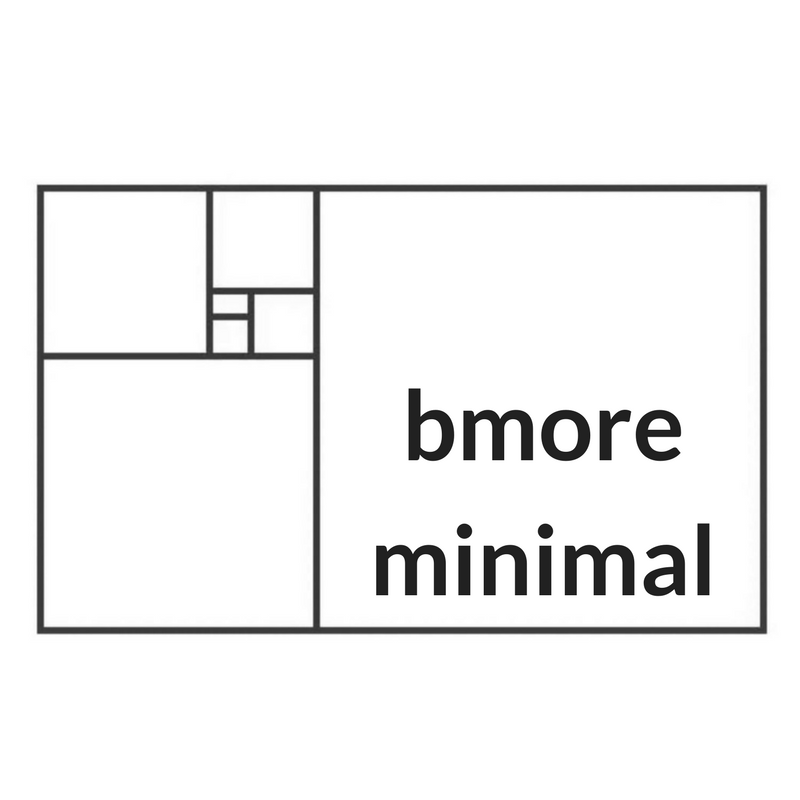Grief drives some people to keep as many belongings as possible; to let it all go would be too painful. Others clear out as much as possible; to hold on to it all would be too painful.
This dichotomy of reactions comes up for siblings as their parents die, parents as their children grow, and even within individuals as they move houses or change jobs. (Transitions of any sort, even the exciting ones, can cause us some grief over what’s now behind us.)
Neither reaction is right or wrong. But there is a middle path that can appease both parties: distillation.
To distill is to both keep and let go. We select the single item of a set that can stand in for all the others, absorbing all the meaning and memory so the others are no longer required.
If we’ve inherited our grandmother’s tea set, we can distill it down to just the teapot, or to that special cup and saucer we used each time we went over.
If our child produced dozens of coloring pages and crafts during their pre-school years, we can distill it down to the one piece that shows the most originality, the one where they wrote their first letters, or the one that would look almost gallery-ready if we hung it a sleek frame.
We might find we gravitate towards some objects more than others, and it’s simple to select the one to keep. But even if we’re convinced that each item is majorly important, choosing just a couple and letting go of the rest will strengthen our connection with the keepers by default.
If we can confer the distilled items with the dignity of regular use and/or prominent display, all the better.
